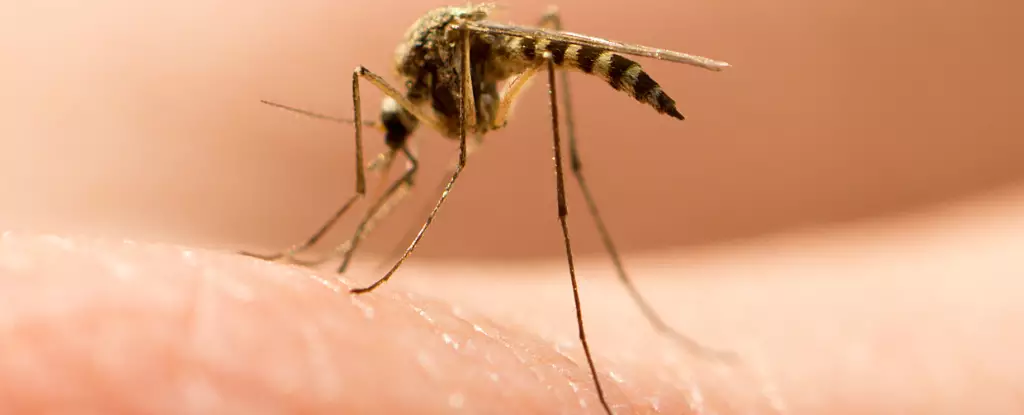The recent death of an individual in New Hampshire due to the eastern equine encephalitis (EEE) virus has raised concerns about the increasing risk of this rare mosquito-borne disease. Health authorities have identified the patient as an adult from the town of Hampstead, who succumbed to severe central nervous system disease after being hospitalized. This incident marks the first reported human case of EEE in New Hampshire since 2014 when there were three human infections, including two fatalities.
Impact of Climate Change
The rise in cases of EEE in the northeastern United States is believed to be exacerbated by climate change. State officials across New England have been expressing rising concerns about the growing threat of the virus. Massachusetts recently reported the first human case of EEE in the state this year, involving an elderly man in his 80s. In response, public health measures such as voluntary outdoor curfews, closure of public parks, and mosquito population control measures like aerial and ground spraying have been implemented.
According to the Centers for Disease Control and Prevention, symptoms of EEE include fever, headache, vomiting, diarrhea, seizures, behavioral changes, and drowsiness. The disease can progress to severe neurological conditions such as encephalitis and meningitis, with a mortality rate of approximately 30%. Survivors often experience long-term physical or mental impacts, making it a debilitating illness. Individuals under 15 and over 50 are considered to be at a higher risk of contracting EEE.
Currently, there are no vaccines or specific treatments available for EEE. Health officials recommend preventive measures such as using insect repellent, wearing protective clothing when outdoors, and eliminating standing water around homes to reduce mosquito breeding sites. These precautions are crucial in reducing the risk of mosquito bites and subsequent transmission of the virus.
The recent death in New Hampshire due to the EEE virus serves as a sobering reminder of the increasing threat posed by this rare disease. With climate change contributing to the rise in cases and limited treatment options available, it is essential for individuals to take proactive steps to protect themselves from mosquito bites and reduce the risk of infection. Public health efforts, along with personal preventive measures, play a vital role in combating the spread of EEE in the region.


Leave a Reply